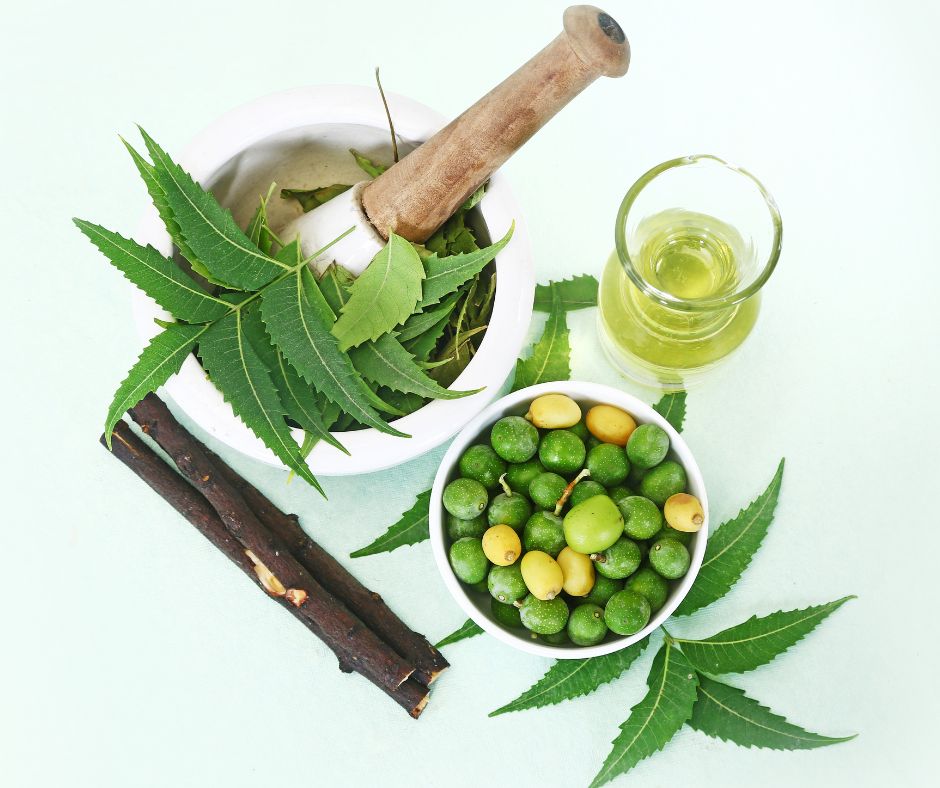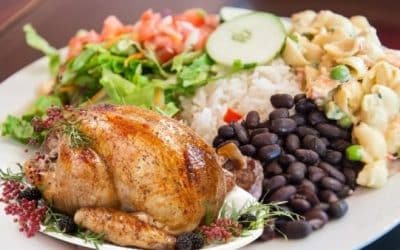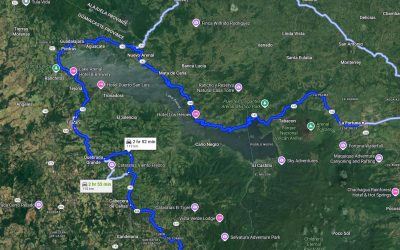It is no surprise to see on the market today so many digestive and dietary aids for the stomach, along with pills for gas and indigestion.
Most of these conditions likely begin with poor food combining.
Ayurveda, an ancient holistic science of healing, offers a logical approach for determining the correct diet based upon the elements comprising an individual’s constitution. This approach is quite different from the contemporary view of a balanced diet based on eating from various food groups.
According to Ayurvedic beliefs, understanding the individual is the key to finding a truly balanced diet. Ayurveda also teaches that the gastric fire — or agni — in the stomach and digestive tract is the main gate through which nutrients enter the individual cells to maintain all life functions.
Proper digestion is closely connected to the strength of gastric fire.
In Ayurvedic medicine, every food has its own taste, healing or cooling energy, and a post-digestive effect. Some foods also possess an unexplained effect.
So while it is true that an individual’s digestive fire largely determines how well or poorly food is digested, food combinations are also of great importance.
When combining two or more foods having different tastes, energy and post-digestive effects, the digestive fire can become overloaded, resulting in the production of toxins.
Poor food combinations can produce indigestion, fermentation, putrefaction and gas formation. If prolonged, this can lead to toxemia and disease. Such food combinations can cause “confusion” in our digestive system, and may result in toxins, allergies and other imbalances.
So as Ayurveda advises, food incompatibility not only disturbs our digestion, but also causes confusion in the intelligence of our cells, which can lead to many different diseases.
You may be saying this is much too complicated — how will I ever figure it out?
There are some useful guidelines to introduce you to these concepts; just go slowly.
The easiest way to introduce yourself to food combining, for example, is to start by eating fruit on its own.
Once you have adopted this change into your healing eating habits, try other suggestions from the list below.
As a general principle, avoid eating lots of raw and cooked foods together, or fresh food with leftovers.






